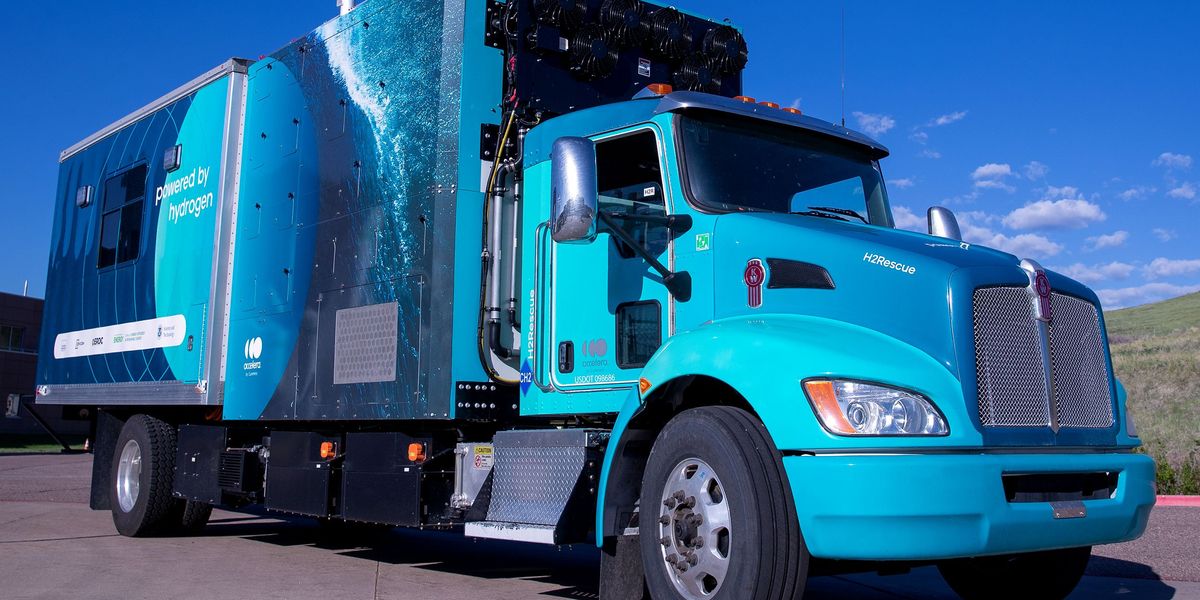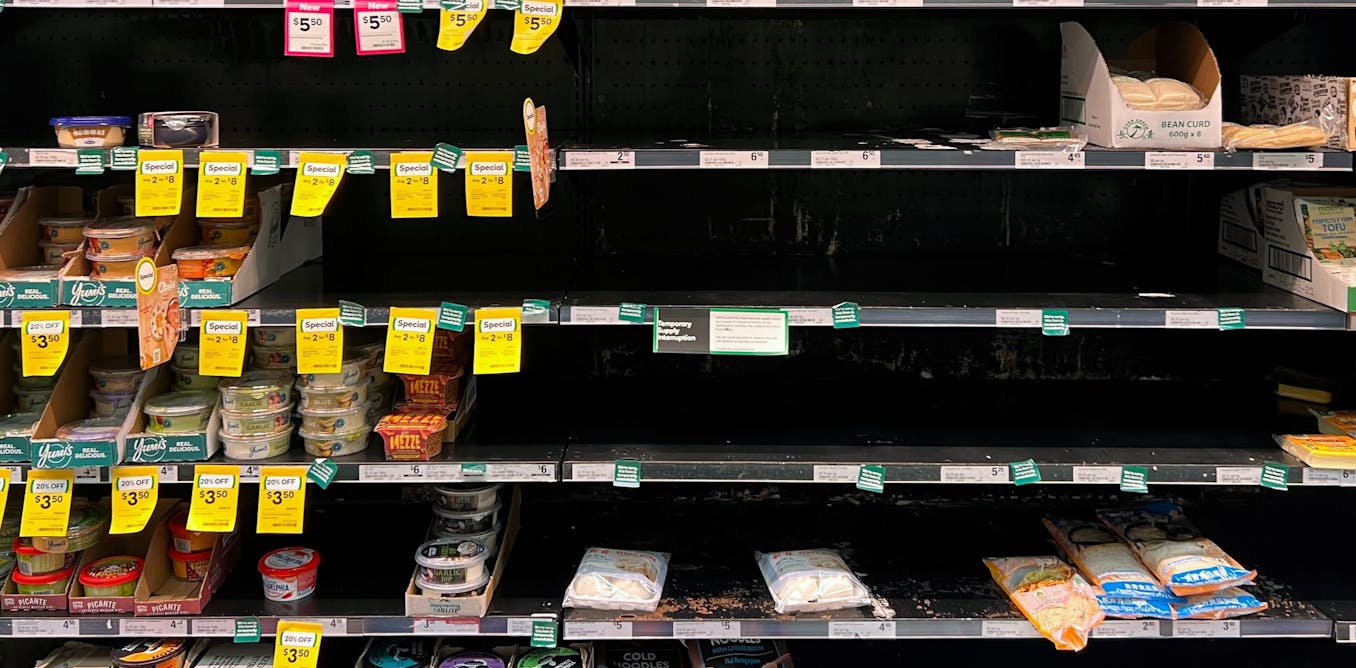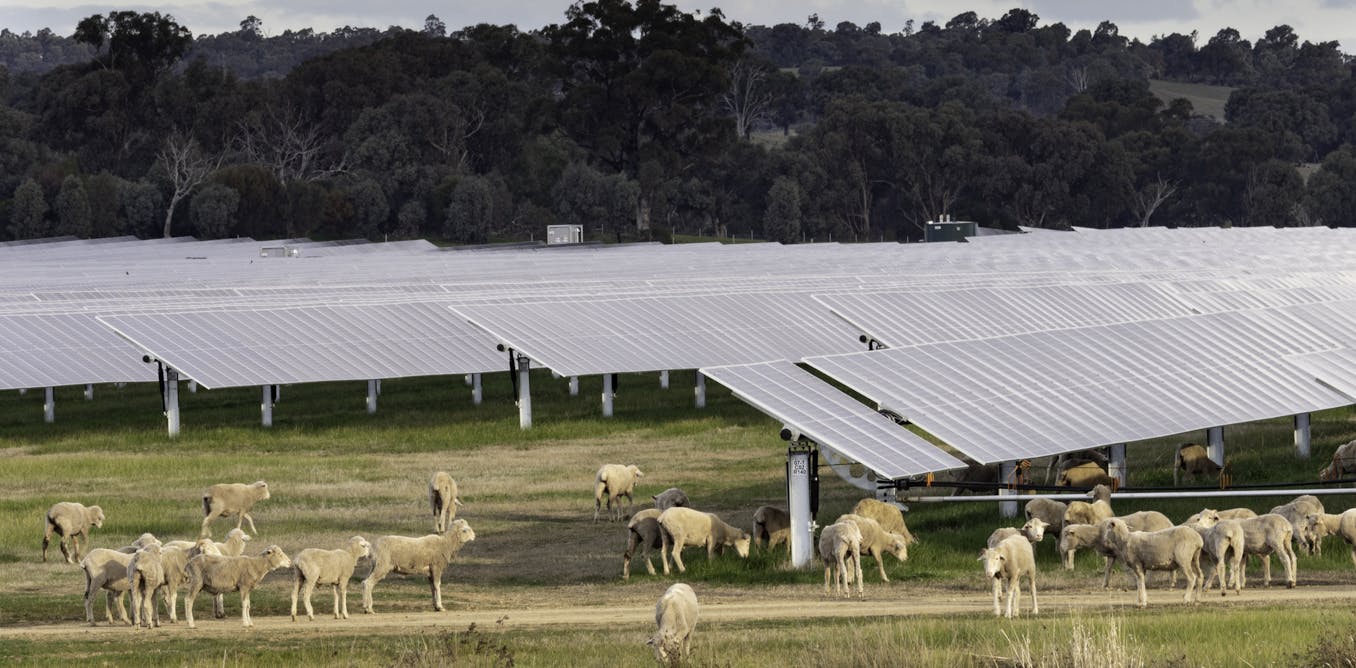A consortium of U.S. federal agencies has pooled their funds and wide array of expertise to reinvent the emergency vehicle. The hybrid electric box truck theyâve come up with is carbon neutral. And in the aftermath of a natural disaster like a tornado or wildfire, the vehicle, called H2Rescue, can supply electric power and potable water to survivors while acting as a temperature-controlled command center for rescue personnel.
The agencies that funded and developed it from an idea on paper to a functional Class 7 emergency vehicle prototype say they are pleased with the outcome of the project, which is now being used for further research and development.
âAny time the fuel cell is producing energy to move the vehicle or to export power, itâs generating water.â âNicholas Josefik, U.S. Army Corps of Engineers Construction Research Lab
Commercial truck and locomotive engine maker Cummins, which has pledged to make all its heavy-duty road and rail vehicles zero-emission by 2050, won a $1 million competitive award to build the H2Rescue, which gets its power from a hydrogen fuel cell that charges its lithium-ion batteries. In demonstrations, including one last summer at National Renewable Energy Lab facilities in Colorado, the truck proved capable of driving 290-kilometers, then taking on the roles of power plant, mobile command center, and (courtesy of the truckâs âexhaustâ) supplier of clean drinking water.
A hydrogen tank system located behind the 15,000-kilogram truckâs cab holds 175 kg of fuel at 70 megapascals (700 bars) of pressure. Civilian anthropology researcher Lance Larkin at the U.S. Army Corps of Engineersâ Construction Engineering Research Laboratory (CERL) in Champaign, Ill., told IEEE Spectrum that thatâs enough fuel for the fuel cell to generate 1,800 kilowatt-hours of energy. Or enough, he says, to keep the lights on in 15 to 20 average U.S. homes for about three days.
The fuel cell can provide energy directly to the truckâs powertrain. However, it mainly charges two battery packs with a total capacity of 155-kilowatt-hours because batteries are better than fuel cells at handling the variable power demands that come with vehicle propulsion. When the truck is at a disaster site, the fuel cell can automatically turn itself on and off to keep the batteries charged up while they are exporting electric power to buildings that would otherwise be in the dark. âIf itâs called upon to export, say, 3 kilowatts to keep a few computers running, the fuel in its tanks could keep them powered for weeks,â says Nicholas Josefik, an industrial engineer at CERL.
As if that werenât enough, an onboard storage tank captures the water that is the byproduct of the electrochemical reactions in the fuel cell. âAny time the fuel cell is producing energy to move the vehicle or to export power, itâs generating water,â says Josefik. The result: roughly 1,500 liters of clean water available any place where municipal or well…
Read full article: Hydrogen Is Coming to the Rescue

The post “Hydrogen Is Coming to the Rescue” by Willie D. Jones was published on 04/16/2024 by spectrum.ieee.org

































